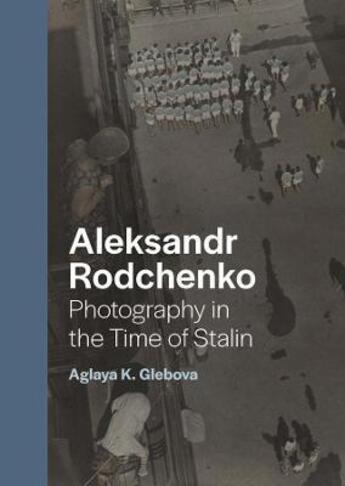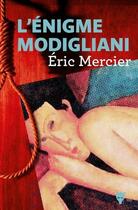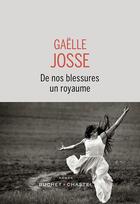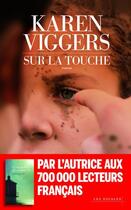-
Date de parution : 08/11/2022
-
Editeur :
Yale Uk
-
EAN : 9780300254037
-
Série :
(-)
-
Support :
Beaux livres
Résumé:
Through the lens of Aleksandr Rodchenko's photography, a new and provocative understanding emerges of the troubled relationship between technology, modernism, and state power in Stalin's Soviet Union Tracing the shifting meanings of photography in the early Soviet Union, Aglaya K. Glebova... Voir plus
Through the lens of Aleksandr Rodchenko's photography, a new and provocative understanding emerges of the troubled relationship between technology, modernism, and state power in Stalin's Soviet Union Tracing the shifting meanings of photography in the early Soviet Union, Aglaya K. Glebova reconsiders the relationship between art and politics during what is usually considered the end of the critical avant-garde. Aleksandr Rodchenko (1891-1956), a versatile Russian artist and one of Constructivism's founders, embraced photography as a medium of revolutionary modernity. Yet his photographic work between the late 1920s and the end of the 1930s exhibits an expansive search for a different pictorial language.
In the context of the extreme transformations carried out under the first Five-Year Plans, Rodchenko's photography questioned his own modernist commitments. At the heart of this book is Rodchenko's infamous 1933 photo-essay on the White Sea-Baltic Canal, site of one of the first gulags. Glebova's careful reading of Rodchenko's photography reveals a surprisingly heterodox practice and brings to light experiments in adjacent media, including the collaborative design work he undertook with Varvara Stepanova, Rodchenko's partner in art and life.
Donner votre avis














